I am looking for ways to generate the bevel/emboss effect for a set of random closed beizier shapes. I came across the following post which seems to match my requirement.
https://dsp.stackexchange.com/questions/530/bitmap-alpha-bevel-algorithm
How do i get this ported to C# ? Are there any algorithms available that i can use? Or alternately are there any .NET imaging libraries to use or some code snippets to get me started ?
I would need to be running this code on a server to generate dynamic shapes that have transparency around them.
